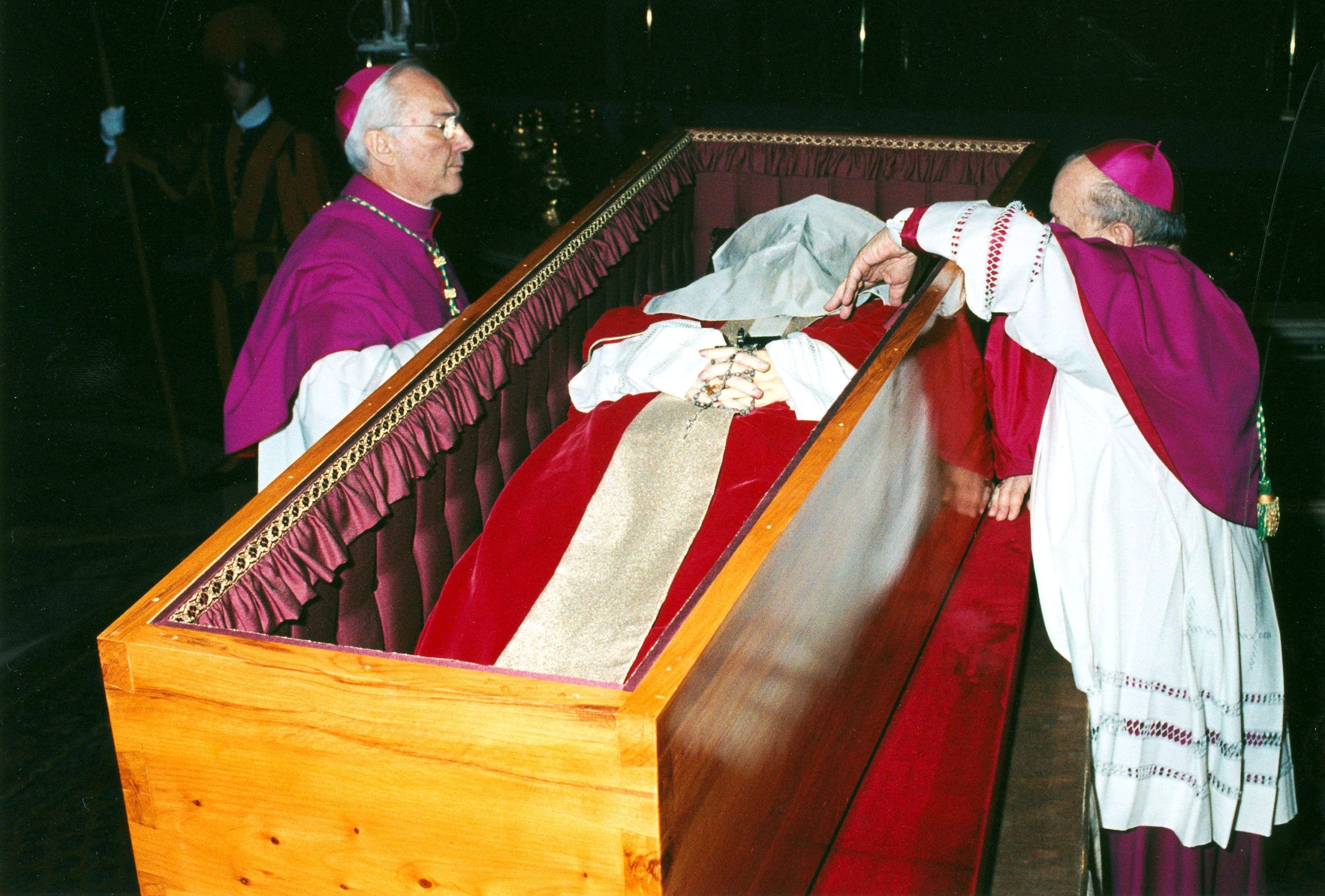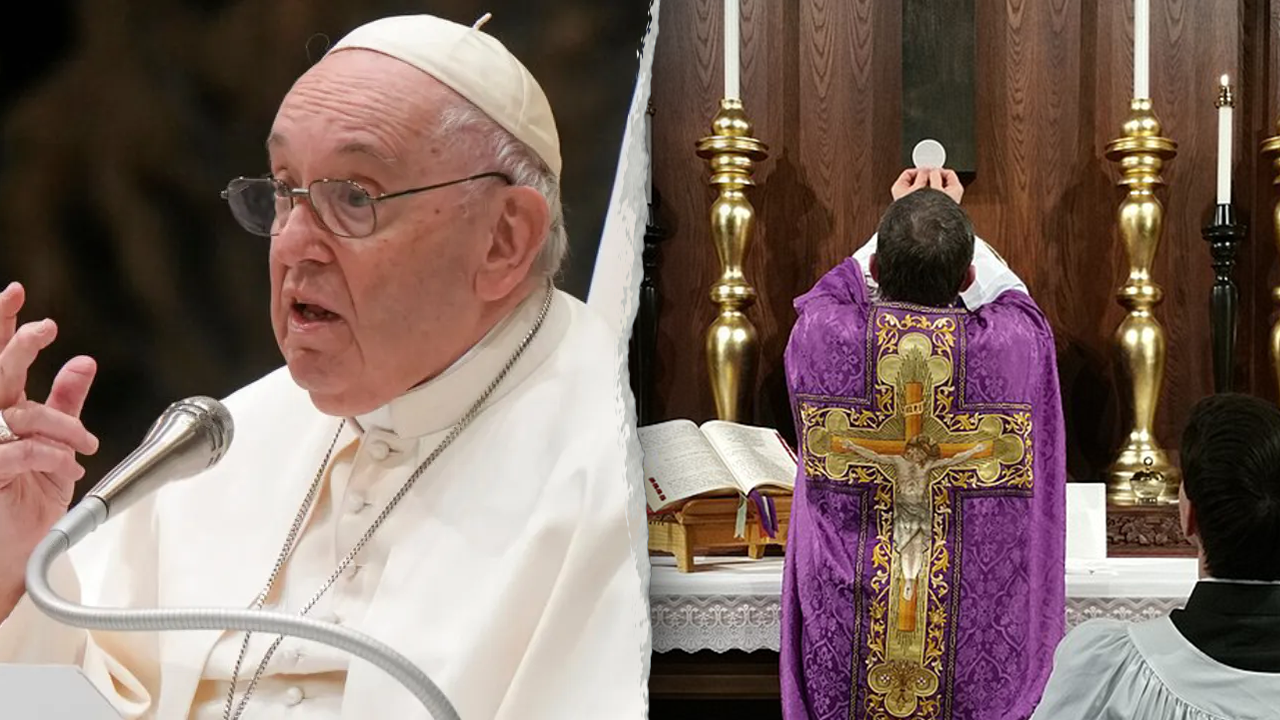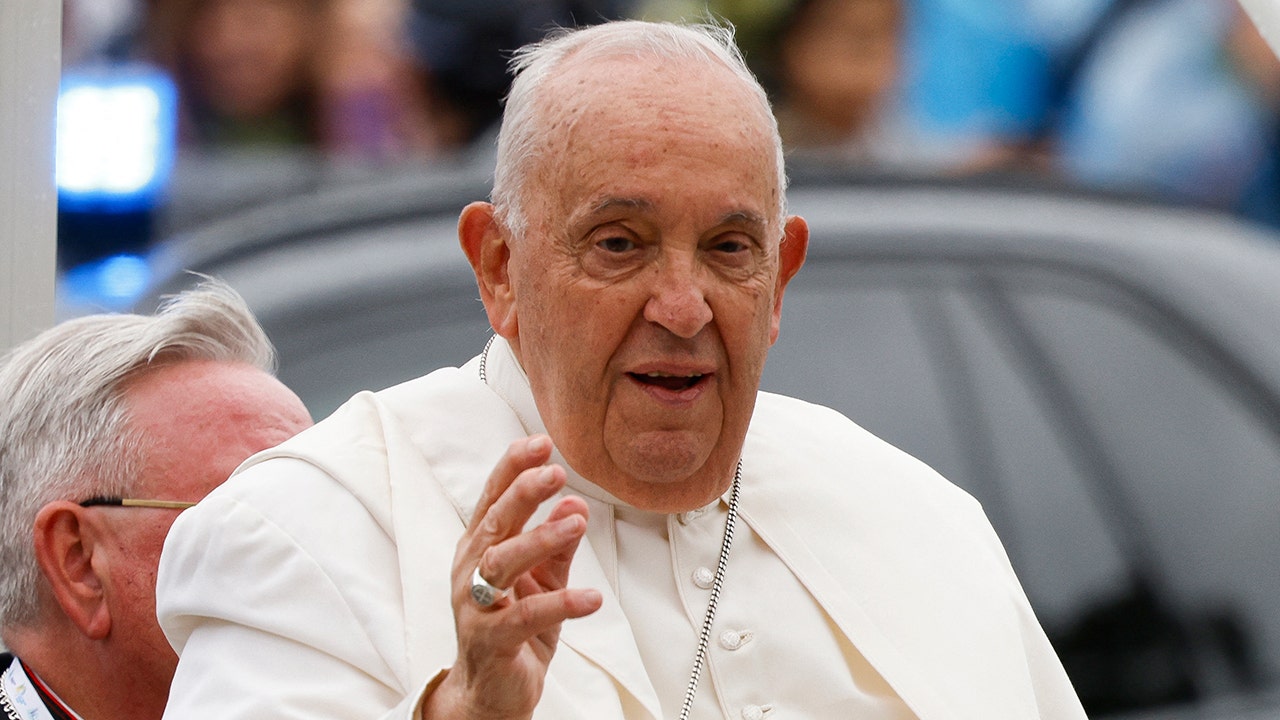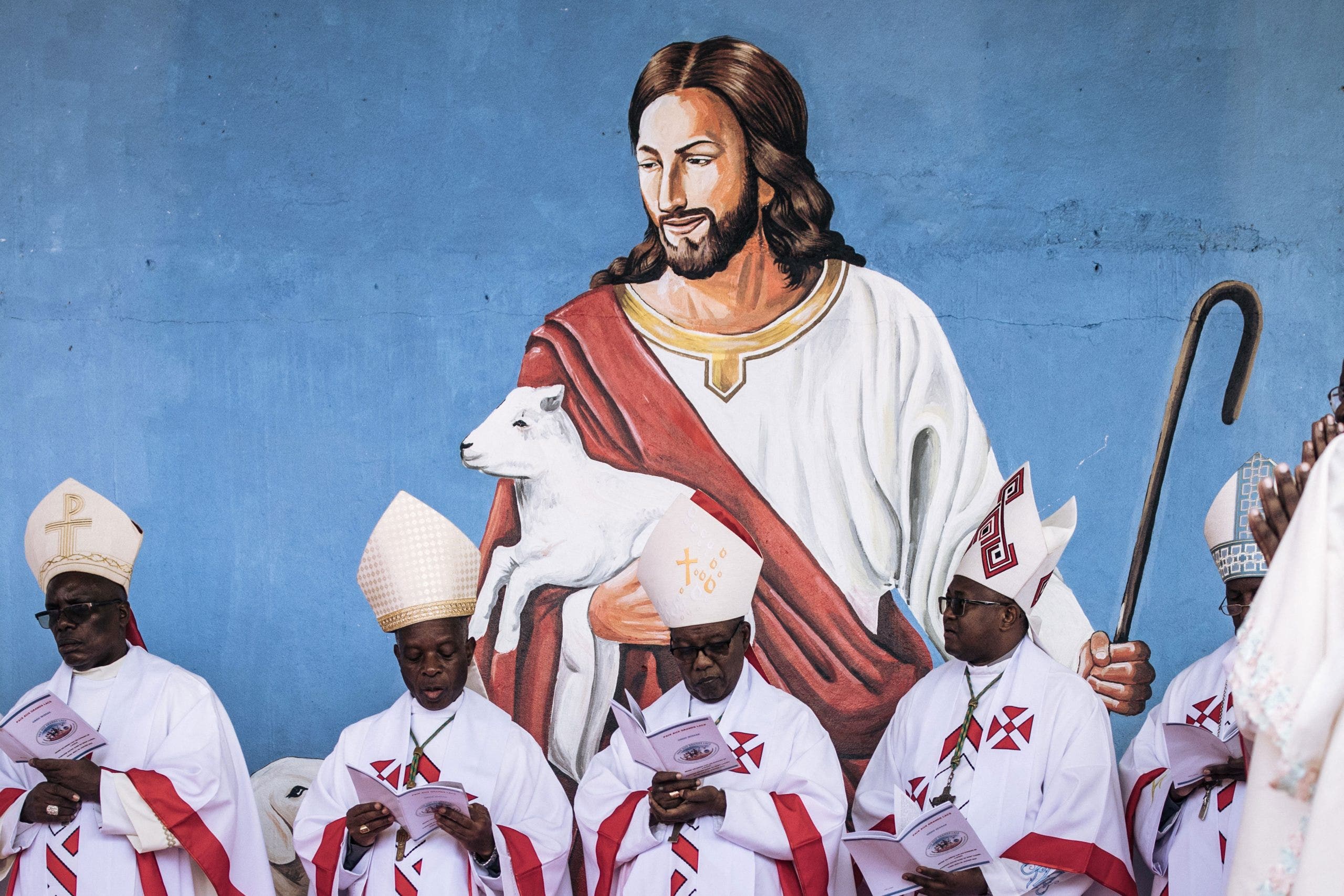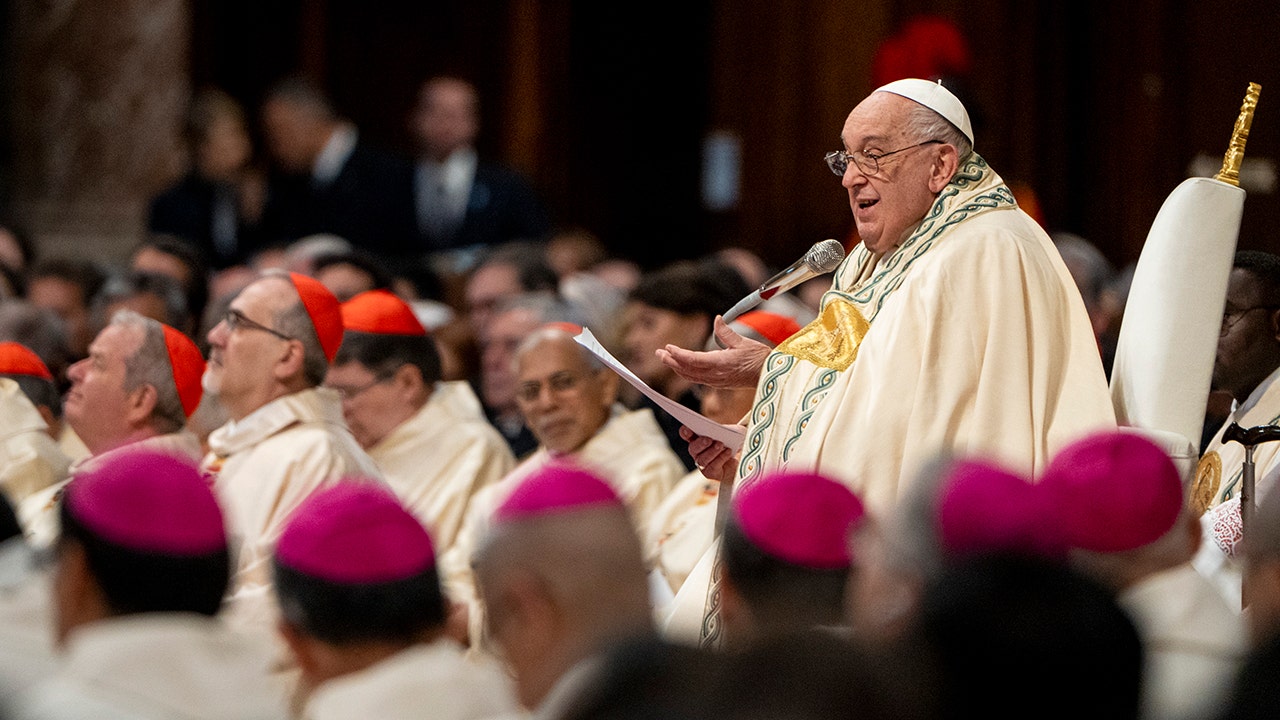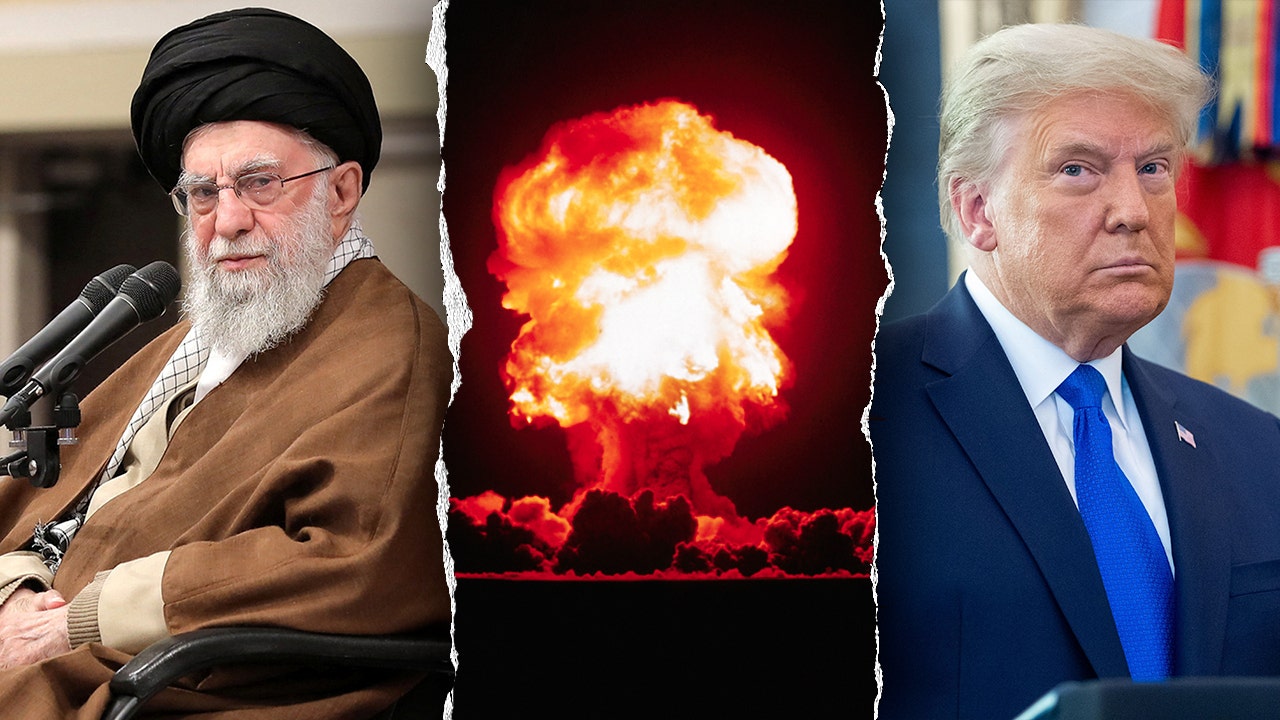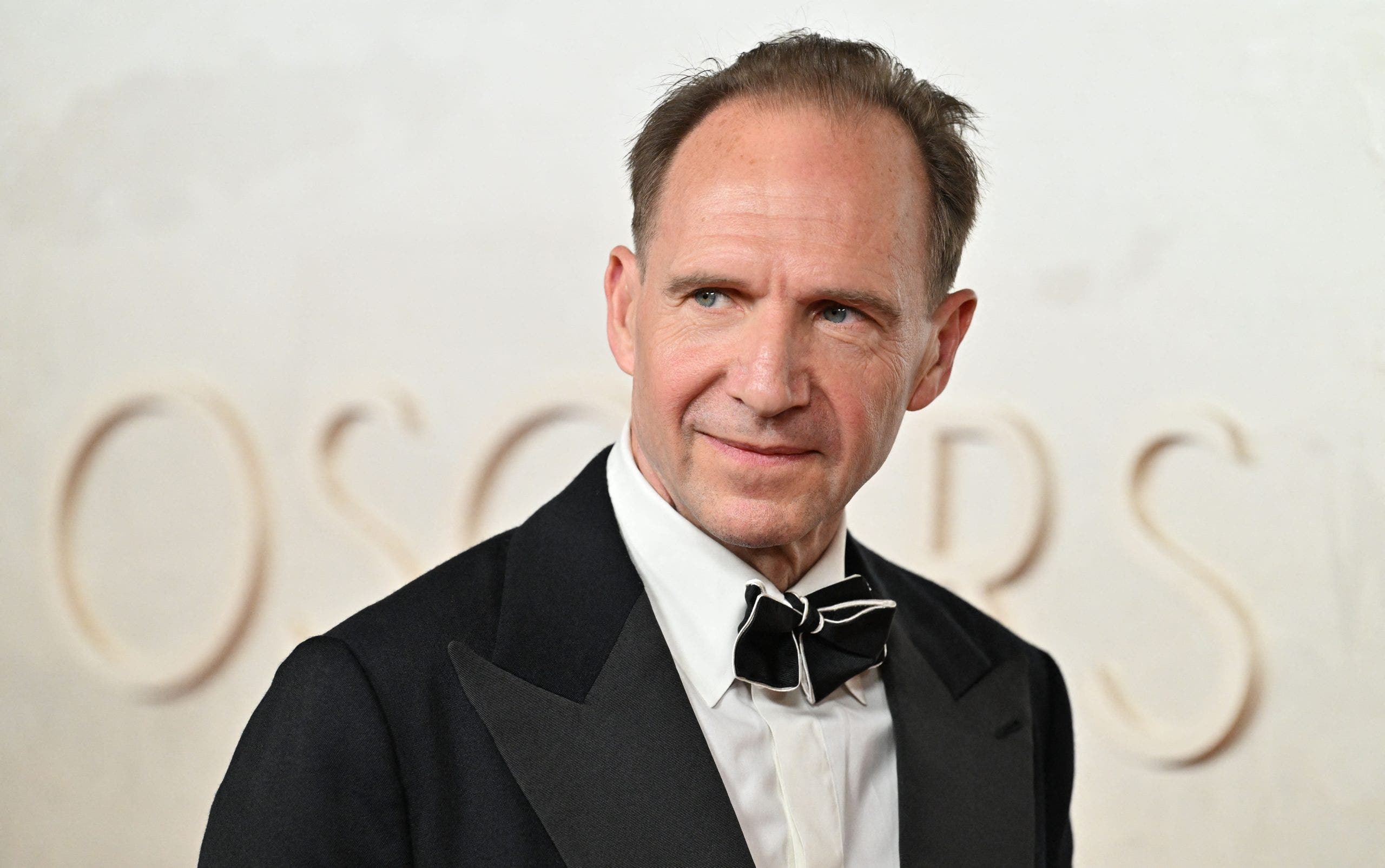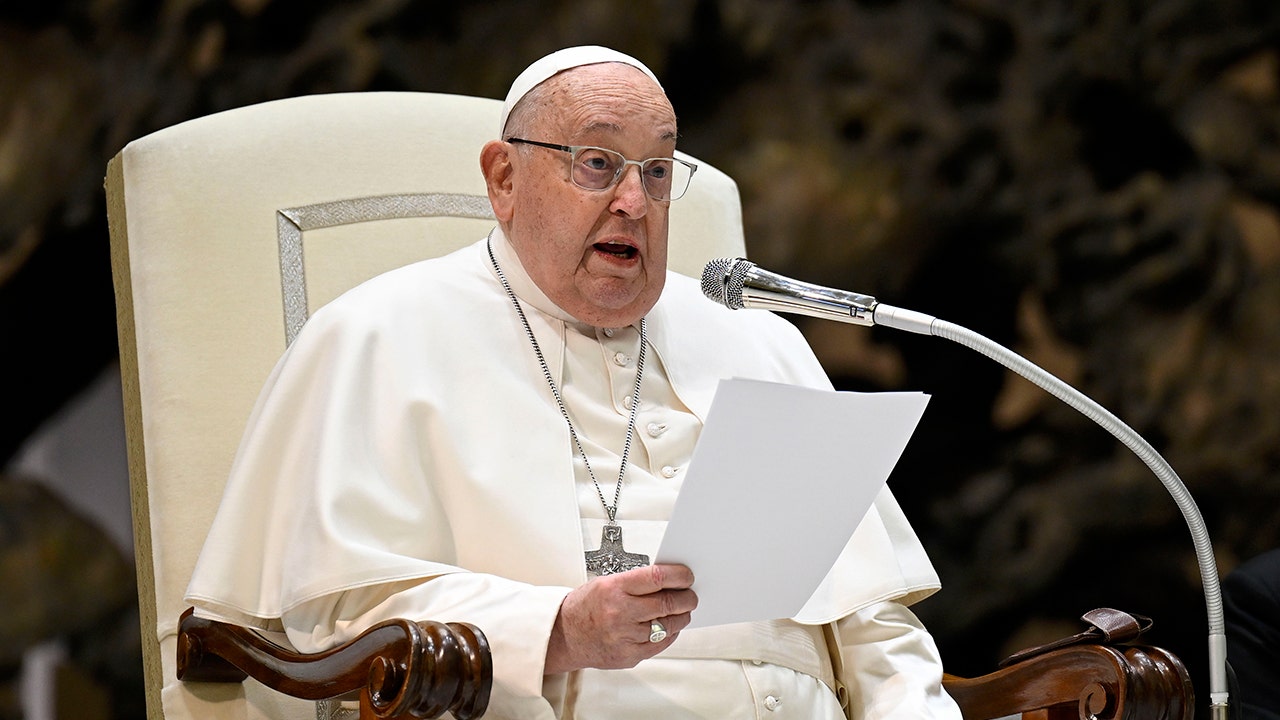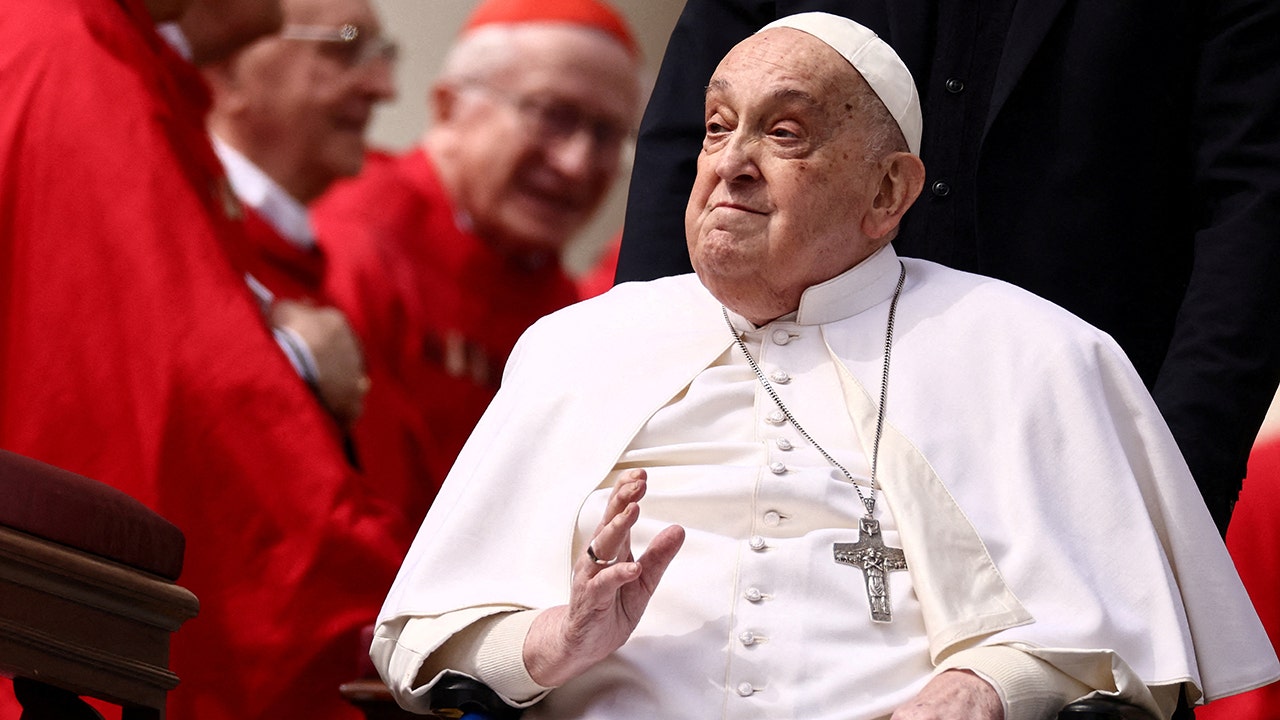The funeral for Pope Francis will include many long-held traditions, but will also eschew some of the more intricate customs after the pope amended the Catholic Church’s papal funeral rights.
Francis died Monday at age 88, the Vatican announced.
While much of the tradition associated with papal funerals – which dates all the way back to ancient Rome – will continue, matters such as Francis’ coffin structure, his death verification process, burial location, and how he will be viewed and referred to during the ceremony, will be different from how it has been in the past.
Francis, who had battled pneumonia for weeks before being released from the hospital and appearing on Easter Sunday, had faced health complications for many years and had to have half of one of his lungs removed as a young person.
POPE FRANCIS’ MEDICAL CONDITION: WHAT TO KNOW ABOUT BILATERAL PNEUMONIA
Francis’ move to change these papal funeral traditions, some of which date all the way back to ancient Rome, stemmed from a desire to emphasize that the pope is “that of a shepherd and disciple of Christ and not of a powerful man of this world,” according to Archbishop Diego Ravelli, the head of papal liturgical ceremonies who reportedly worked with Francis to help make the revisions. The rewrite was also preceded by the unusual circumstances of Pope Benedict XVI’s funeral, which deviated from traditional papal funerals on account of the fact he was a retired pope rather than a reigning one.
The new funeral rites were formally approved by Francis in 2023 and were later published in the church’s liturgical guidelines in early 2024. Around the same time he was working on these revisions, the pope revealed during an interview with a Spanish-language broadcaster that he would not be buried in the grottoes of the Vatican like his predecessors, but rather at Santa Maria Maggiore basilica in Rome. The new papal rights make it permissible for future popes to be buried outside the Vatican as well.
POPE FRANCIS DEAD AT 88, VATICAN SAYS
In addition to the different burial location, the new papal funeral rites have amended the way the pope will be viewed by the public following his death. In the past, the pope’s body would be displayed on an elevated frame known as a bier. But, under the new funeral structure, the pope will be laid directly into an open coffin, eliminating the use of the bier. Pope Francis also eliminated the practice of being buried in three coffins made of cypress, lead and oak.
The location of where Francis would be declared deceased changed too. It went from taking place in the papal bedroom to now inside the papal chapel located at the Vatican. The new rules also require that Pope Francis’ remains be immediately put into a simplistic wooden-lined coffin after he is determined to have passed.
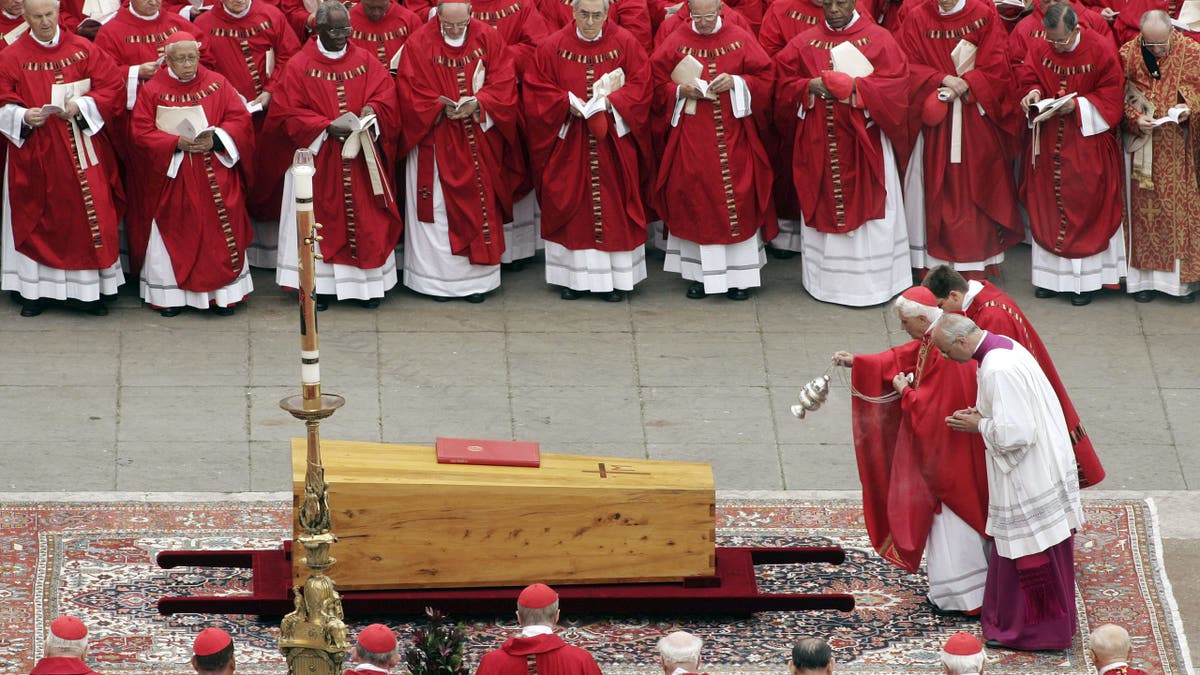
Confirming the death of the Pope is the job of the camerlengo, a senior clergy member who manages the Vatican during transition periods between Popes. That position is currently occupied by Irish-born Cardinal Kevin Farrell, who said Monday, “With immense gratitude for his example as a true disciple of the Lord Jesus, we commend the soul of Pope Francis to the infinite merciful love of the One and Triune God.”
POPE BENEDICT’S VISION OF CATHOLICISM, VATICAN II, AND THE FUTURE OF THE CHURCH ENDURE THROUGH HIS TEACHINGS
Another notable change includes how the pope will be referenced during the ceremony following his death. Rather than being referenced by past titles he has obtained as a clergy leader in the Catholic Church, officials will mostly use Latin terms for “pope,” “bishop,” or “pastor.”
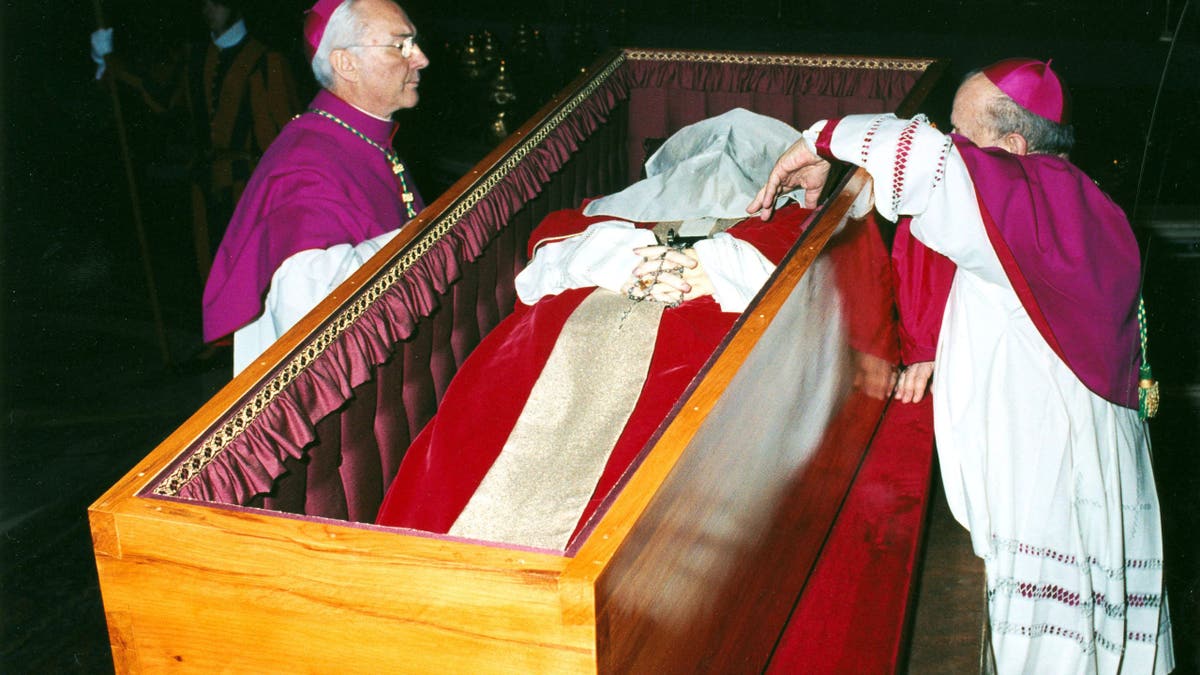
Archbishop Ravelli said during a 2024 presentation of the revised papal funeral rights that a new edition was reflective of Francis’ view, stated on several occasions Ravelli said, “of the need to simplify and adapt certain rites so that the celebration of the funeral of the Bishop of Rome may better express the faith of the Church in the Risen Christ.”
Before the new edition of the papal rites was formally passed, the church followed the guidelines in the “Ordo Exsequiarum Romani Pontificis” approved in 1998 by Saint John Paul II and published two years later, according to The National Catholic Register.
Those guidelines were used for Pope John Paul II’s 2005 funeral, but was modified to meet the unusual circumstances of Pope Benedict XVI’s passing.
Read the full article here



